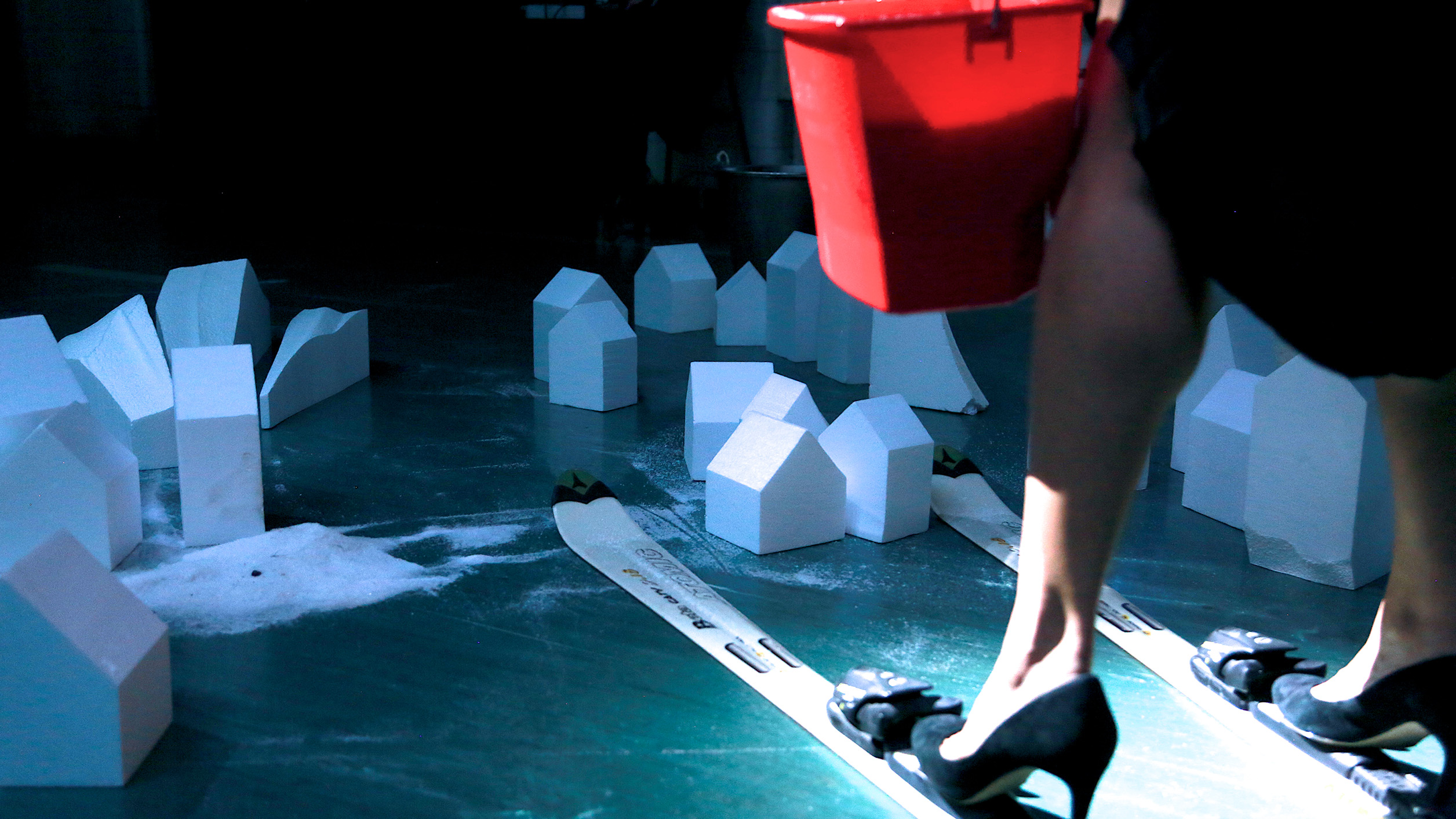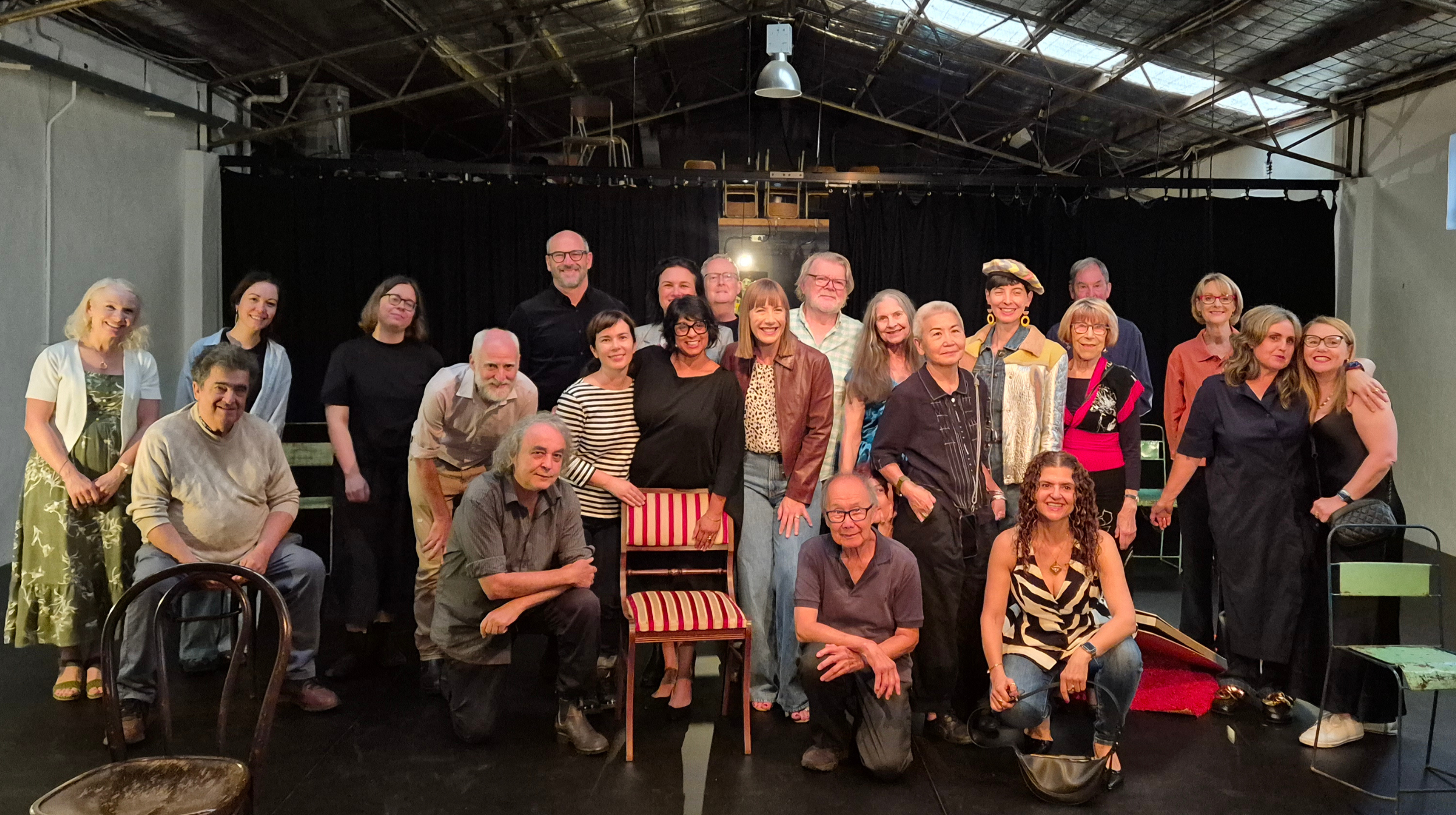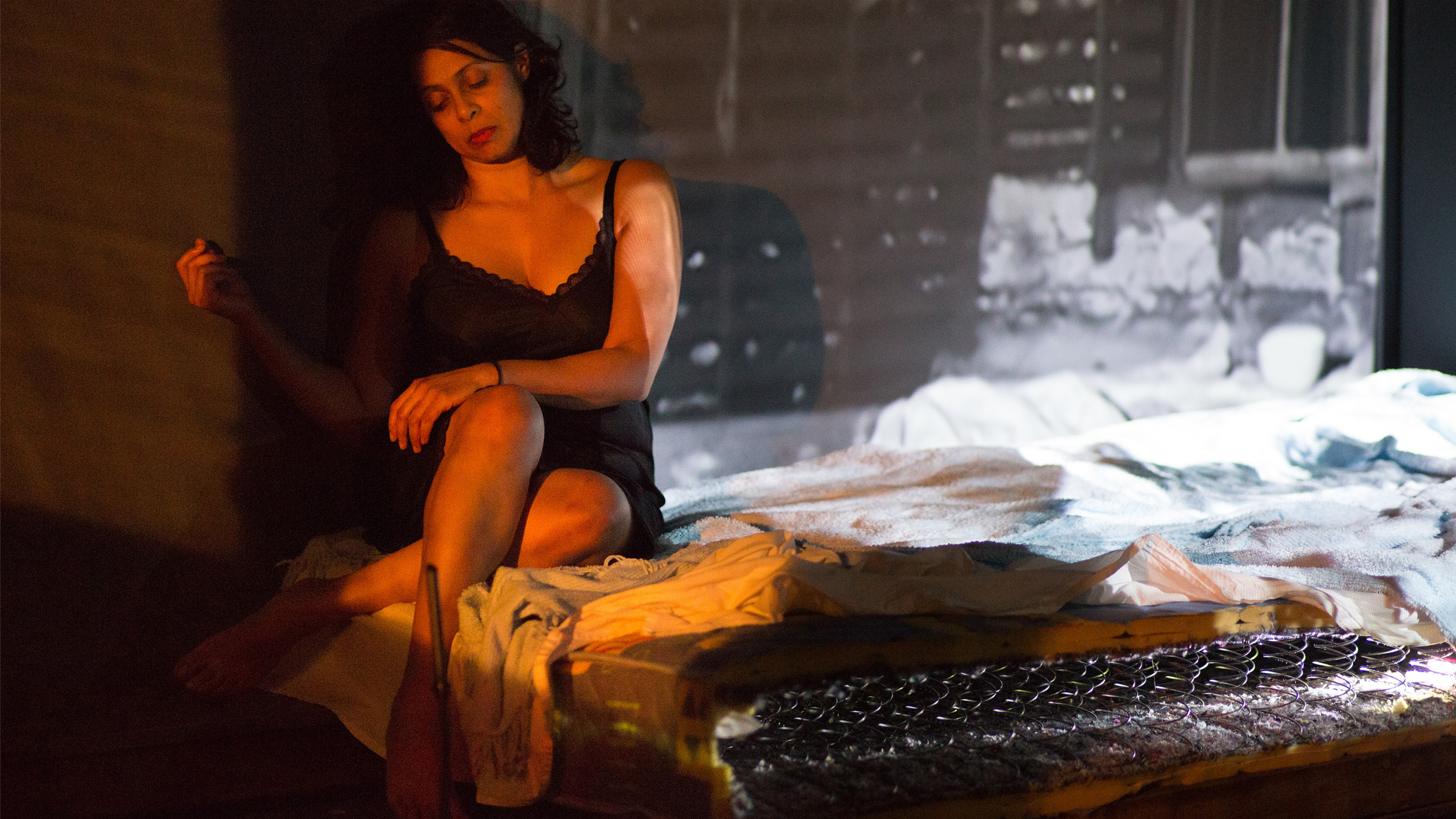
Image has its own sound
25.07.2018
The ‘Anastasia Project’ allowed me a certain joy that I have not had access to for more than a decade, since I completed my post graduate studies at the Victorian College of the Arts.
I appreciated the luxury of time that is imperative to the academic process. By contrast, in the arts in Australia, we often make work under duress, with little financial support, which leads to artists being required to take on additional (remunerative) tasks that impinge upon the time needed for careful consideration when you are making art.
The long timelines allowed me to contemplate and therefore flesh out the different stages that I had curated with each researcher from the initial showing of ‘Requiem for Anastasia’. This preliminary showing of elements I had created through my work alongside Ollie Jay and with the Penrith focus group transcripts became the “riff” from which each collaborator built. I saw each researcher as one of the instruments playing within the orchestral work in 6 movements that I eventually created
The process started with my engaging with started with Ollie Jay’s work, which ultimately set the tone of the final work as well as the research. His openness to my needs as an artist and his intrigue with my methodology allowed for catalysing conversations where I Iearned not only about the thermal lab but how he as a person arrived at this research. I got to know him as a person and from there was able to think about his research with a certain frequency of sonic tone.
When you work from an embodied practice your senses become sponge-like. Although your mind is absorbing the information, your body is drinking in the idiosyncrasies. Put these together and I dream myself into a circumstance. And it was these dream-like circumstances that gave me the entry point into the final work. Each becoming an element of research that contributed as a whole to the circumstance of climate change, of the forgotten, for being reduced to data.
I took these pieces and created landscapes inside everyday spaces and used sound and light to instil a dream like logic.
Following this initial stage, was Kari Norgaard’s visit, which took me out of the studio and into long, deep conversations about her book ‘Living in Denial’ and what her research meant to me. To me as a person, not an artist. We simply walked through the streets of Chippendale, visiting arts spaces in Redfern and I felt she very gently entered my being. She awakened a sensibility in me that I eventually crafted into a scene. Inspired by the image from the classic Norwegian postcard, I layered additional images over the top, allowing a seemingly simple image to be read through several lenses of meaning.
There was then space. Space that I filled with fear as I prepared for the arrival of David Roesner, a researcher I had long admired due to his co-edited book Composed Theatre. It was this book that had filled me with validation. In it, I had found my family, and although I would not have the privilege of meeting them, I had a sense of belonging. So, the man who had documented these practitioners was making me very nervous. Could I stand alongside these people? Would he think that my work had the same amount of rigor as my contemporaries on the other side of the world?
Without ego, we both found ourselves in a common language, a shared knowledge, a shared idea of practice and how my work exists as part of an international movement. My new-found family gave me a renewed confidence which allowed me to trust my instincts when I was on the floor.
The collaboration between us surprised me. I would have thought that we would have worked dramaturgically with the visual form. But we found a shared corridor – an aural one where he advised through his work in sonic coherence. This framework afforded me a new decision making process and a new lens to make from. Images have a sound, and I had not recognised this before. My previous body of work had always been about building image from sound. However, here the research evoked an image, and through the collaboration between Roesner and myself I came to realise that these images, each had a unique sound.
When Roesner offered a sound suggestion he allowed me time to work through it. My instinct was saying no, and he didn’t mind. I allowed myself time to come to the true sound. So yes, images have sound but they are different to everyone. My job as the artist is to chisel my way through the image, navigate its energy lines and listen to her. Listen to the shape that reveals itself to me and in doing so listen to the sound she makes, in space, in time, in rhythm.
I enjoyed our even relationship – no master and apprentice, but rather colleagues coming together to make something larger and more interesting than ourselves. The process within the project revealed that I am not a knowledge translator; that is not what I do, nor what motivates me. I would even shy away from knowledge dissemination. I embody ideas, make visible and craft a new conversation using the academy as a catalyst.
The value of the academy is the depth of research, breadth of stimulus and variety of viewpoints around a certain topic. Working in the academic context gave me the capacity to have conversations with academics to further unpack their work, and in turn, they allowed me the freedom to do what I wished with their work.
I was useful to the academy, as through this process, academics came to understand that, while they might have previously only imagined one single representation of their work, through working alongside my process, they came to see other forms as equally ‘true’ to their research -although the outcomes and forms were very different. They recognised that I was able to reveal the emotional intelligence of their work.
This was evident in the conversations with the post-performance focus group, where people spoke strongly about the visual and aural elements; the work as sensory experience. It left them with an understanding beyond the cerebral. Beyond the text and language derived from lectures and focus group transcripts that had informed the theatrical production. The work moved beyond words and I was able to tap into their emotional landscape, rather than their cognitive processes.
You could read a journal article, or in this case read Norgaard’s book, but then to actually feel it – that creates a true empathy.
“Art is not a mirror held up to reality but a hammer with which to shape it.” – Bertolt Brecht
Michelle St Anne is the Artistic Director and founder of the ‘The Living Room Theatre’. She has produced and written over 20 works including six original works, performed at the University, translating the academic research of Sydney Environment Institute where she holds the position of Deputy Director. She is a graduate of the Victorian College of the Arts 2003.


